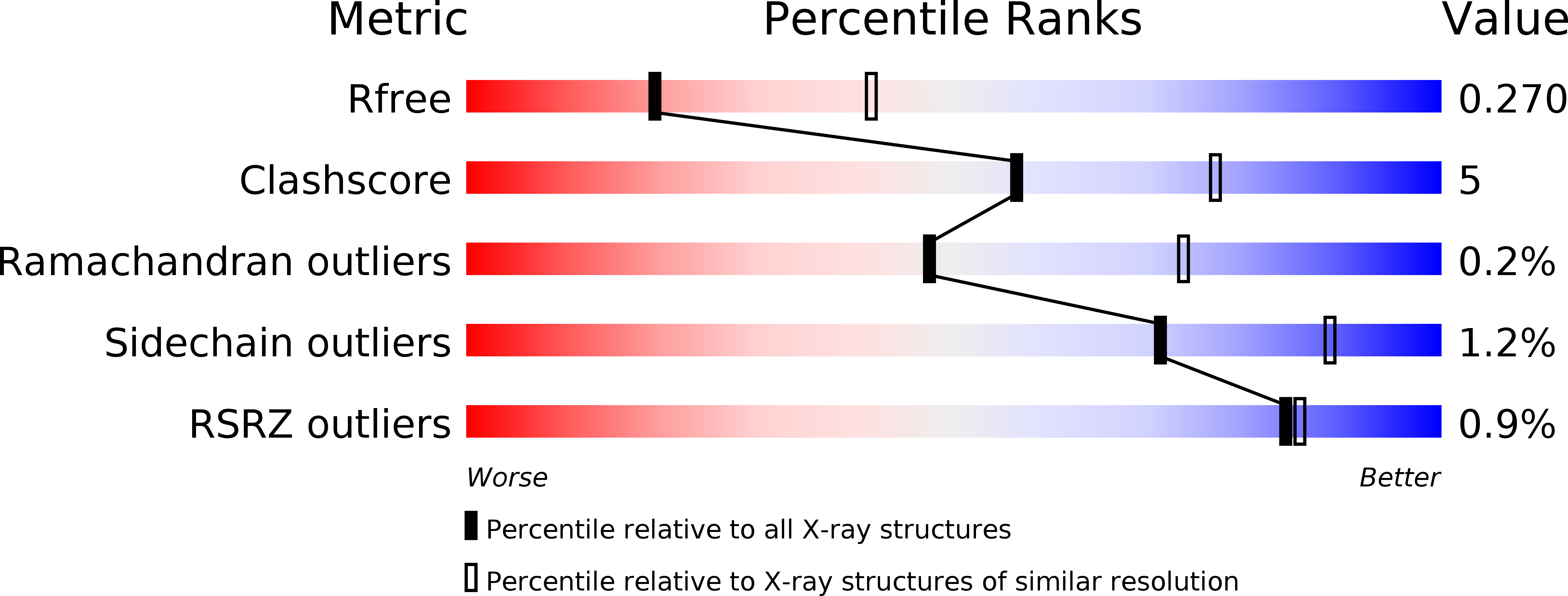
Deposition Date
2010-12-02
Release Date
2011-05-11
Last Version Date
2023-09-06
Entry Detail
PDB ID:
3PTF
Keywords:
Title:
X-ray structure of the non-covalent complex between UbcH5A and Ubiquitin
Biological Source:
Source Organism:
Homo sapiens (Taxon ID: 9606)
Host Organism:
Method Details:
Experimental Method:
Resolution:
2.70 Å
R-Value Free:
0.27
R-Value Work:
0.20
R-Value Observed:
0.21
Space Group:
P 21 21 21


